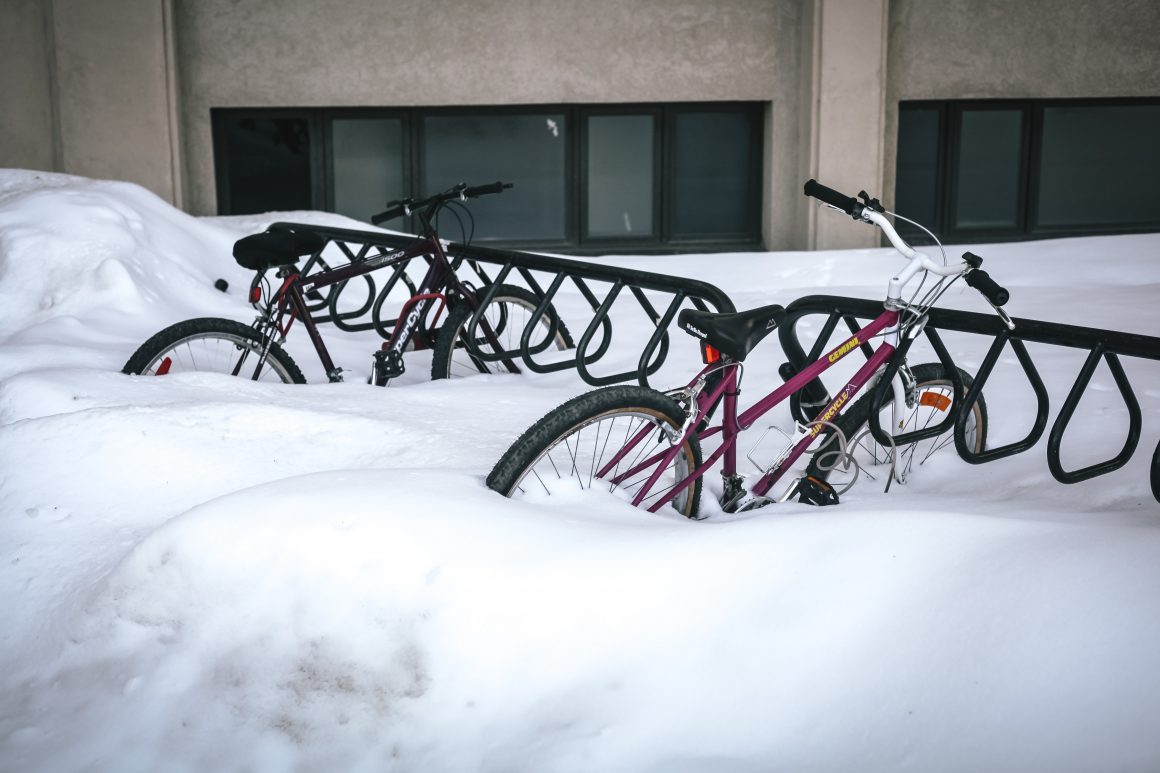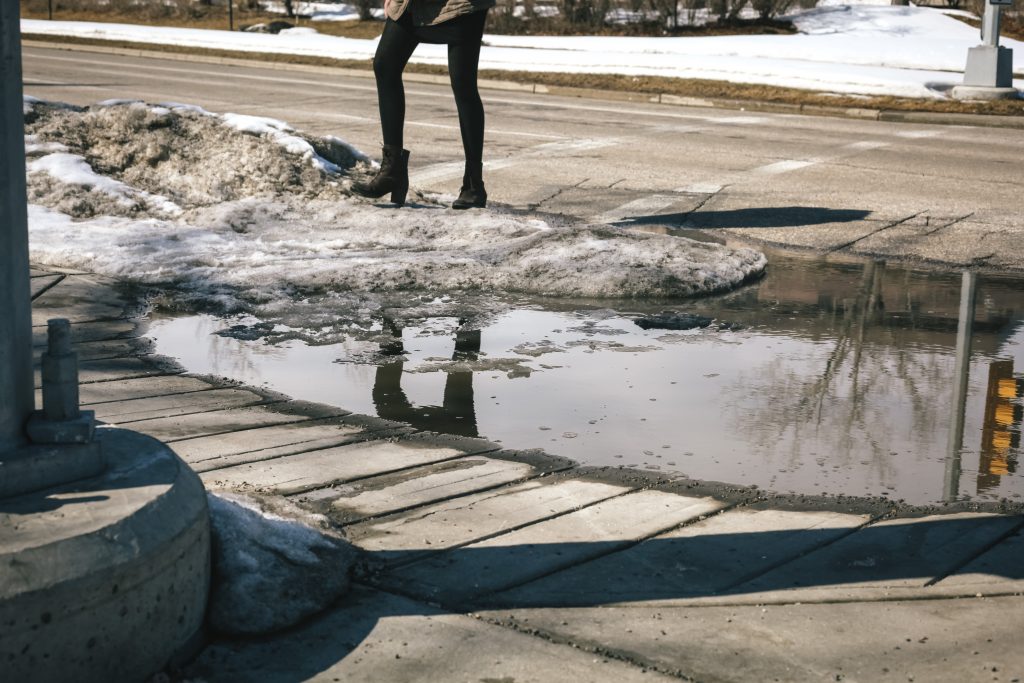
Budget increase won’t solve Calgary’s snow management issues
By Mariah Wilson, March 20 2018 —
Recently, it’s been challenging to navigate Calgary as a pedestrian. The abnormally large amount of snow that’s fallen this winter, along with the subsequent melt, has blocked access to sidewalks, driveways and bus stops. The current state of these spaces is especially problematic for people with mobility issues, such as the elderly and those with disabilities, as it inhibits them from accessing the services they need to get around the city. Students who take transit to campus everyday know that having to walk through two-foot-high snow mounds or jump across a deep puddle to access public spaces is less than ideal.
It may seem like the snow has hardly been removed from our streets, yet Metro Calgary reported that the city has already spent $17 million of their $38.8-million snow-clearing budget for 2018. This is more than they planned on spending this early in the season. As a result, Councillor Jeremy Farkas has advocated for increasing this budget to expedite clearing of pedestrian areas and bus stops. While it’s important to have safe pedestrian areas and better access to transit stops, simply throwing more money at the problem will not guarantee a permanent fix.
It has been reported that only $2.5 million of Calgary’s $38-million snow-removal budget is allocated for sidewalk-clearing services for the 400 kilometres of pathways throughout the city. If Calgary were to increase its snow removal budget, there would need to be specific procedures in place to ensure that an increase would go towards sidewalk-cleaning services. Without these procedures, the increased funds could go towards already adequate snow-cleaning services, like clearing the major roads, leaving pedestrians with the same conditions as before.
There’s also more considerations for snow removal than just clearing all of the paved areas in the city, including the issue of where to put the excess snow and the environmental impacts of letting polluted snow melt into the ground. At the moment, the city has three snow storage facilities, which are empty plots of land the size of a football field where snow is left to melt. The CBC reported that these plots have so much snow piled onto them it’s unlikely they’ll completely melt anytime before August. This system will be unsustainable if we have more winters like 2017-18’s. The snow from the streets that gets dumped contains debris and salt with harmful chemicals, which leeches into the ground and can ruin the land for future use. Southern Alberta is known for having degraded soil and this simply adds to previously existing problems.
Fortunately, Calgary is looking into alternative methods of snow removal and maintenance, such as using beet juice as an anti-icing agent on the roads. This works by binding to the road surface to break down snow and ice. Currently, the city primarily uses salt to control the ice and snow on roads, but this has been proven to be harmful for both our infrastructure and environment. Looking for alternative methods is the best way to address Calgary’s snow problem, not hastily hiking the budget.
Articles published in the Gauntlet‘s opinion section do not necessarily reflect the views of the Gauntlet editorial board.
